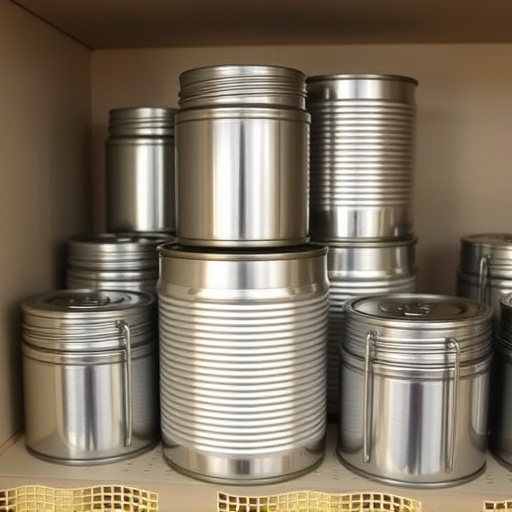Common fake soda cans serve as sophisticated hiding spots for illicit items due to their modifications and resemblance to genuine products. Recognizing these Fake Soda Can Hiding Spots is vital for consumers and law enforcement to combat scams and counterfeiting methods, which have evolved from fictional plots to practical reality in today's digital era.
In the ever-evolving landscape of consumer goods, the rise of fake products poses significant challenges. This article delves into the hidden compartments and innovative methods used to conceal illicit items, from sophisticated packaging techniques to seemingly innocent everyday objects like fake soda cans serving as hiding spots. We explore the evolution of these safe spaces, highlighting advancements in technology that both facilitate and combat this clandestine trade.
- Understanding Fake Goods & Their Hiding Places
- The Evolution of Hidden Compartments in Packaging
- Uncovering Safe Spots: From Soda Cans to Smart Tech
Understanding Fake Goods & Their Hiding Places
Fake goods, a growing global concern, often find their way into consumer hands through ingenious hiding spots. From counterfeit designer bags stashed in hidden compartments to fake electronics disguised as everyday items, criminals exploit even the most unexpected spaces. In the case of fake soda cans, these could serve as the perfect concealment for smaller illicit items. A savvy counterfeiter might modify a can’s design or use specialized materials to create a nearly indistinguishable replica, making it an ideal hiding place in groceries or shipping containers.
Understanding where these fakes are likely to be concealed is crucial for both consumers and law enforcement. With the right knowledge, one can learn to recognize suspicious items and protect themselves from potential scams. In today’s digital era, with enhanced security measures, the methods of concealment also evolve, demanding constant vigilance and adaptability in the fight against counterfeiters.
The Evolution of Hidden Compartments in Packaging
The art of stashing secrets within everyday objects has evolved significantly, especially with the rise of counterfeit goods and the need for creative hiding spots. Once confined to fictional narratives and spy thrillers, hidden compartments are now a reality in the fight against illegal trade. The concept of a “Fake Soda Can Hiding Spot” is not just a catchy phrase but a clever application of this evolving technology.
Packaging design has played a pivotal role in this transformation. Over time, manufacturers have incorporated subtle yet sophisticated mechanisms into containers to create hidden compartments. For instance, a seemingly ordinary soda can could be crafted with a secret cavity, cleverly disguised as part of the can’s structure. This evolution in packaging design not only serves to protect genuine products but also provides a means to conceal and transport fake goods, making them harder to detect.
Uncovering Safe Spots: From Soda Cans to Smart Tech
In the realm of consumer goods, the line between authentic and counterfeit can be razor-thin. Unsuspecting buyers often fall victim to cleverly disguised fake products, but savvy consumers know that hidden compartments and innovative hiding spots are where these scams thrive. One might think of a fake Soda Can Hiding Spot as mere whimsy, but it’s a tactic used by both con artists and law enforcement alike. While counterfeiters hide their goods within seemingly innocuous containers like soda cans or books, modern technology has given rise to even smarter methods, from magnetic pockets in purses to sophisticated RFID blocking wallets. Staying informed about these tactics is crucial for both protecting oneself from fraudulent purchases and appreciating the evolving landscape of consumer safety measures.
In conclusion, understanding where fake consumer goods hide, from sophisticated hidden compartments in packaging to seemingly innocuous everyday items like a fake soda can, is crucial for both consumers and businesses. As technology advances, so too do the methods used to conceal these fakes, making it ever more important to stay informed and utilize innovative solutions to combat this global issue. Uncovering these safe spots is not just about protecting one’s pocketbook; it’s about preserving the integrity of markets and ensuring genuine products reach consumers.
